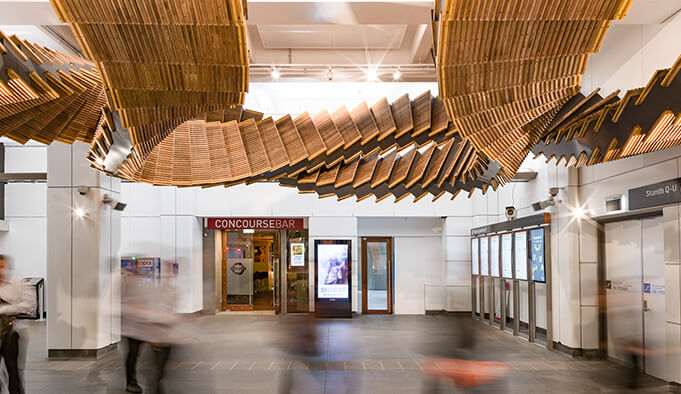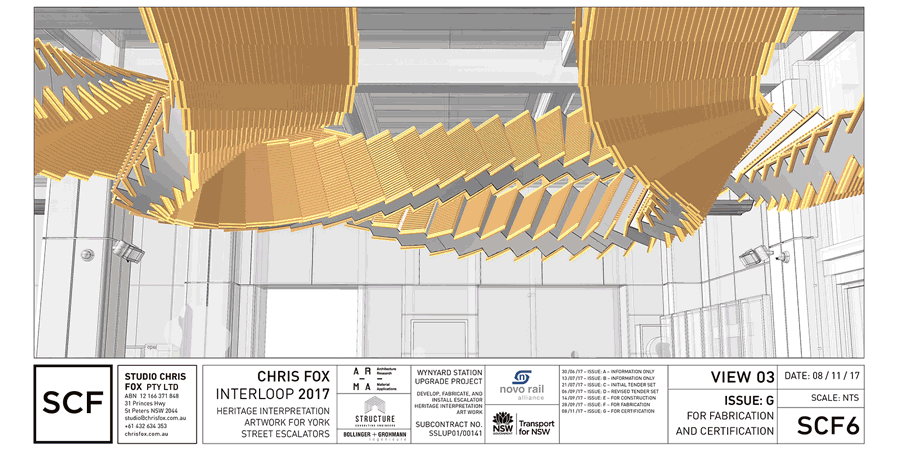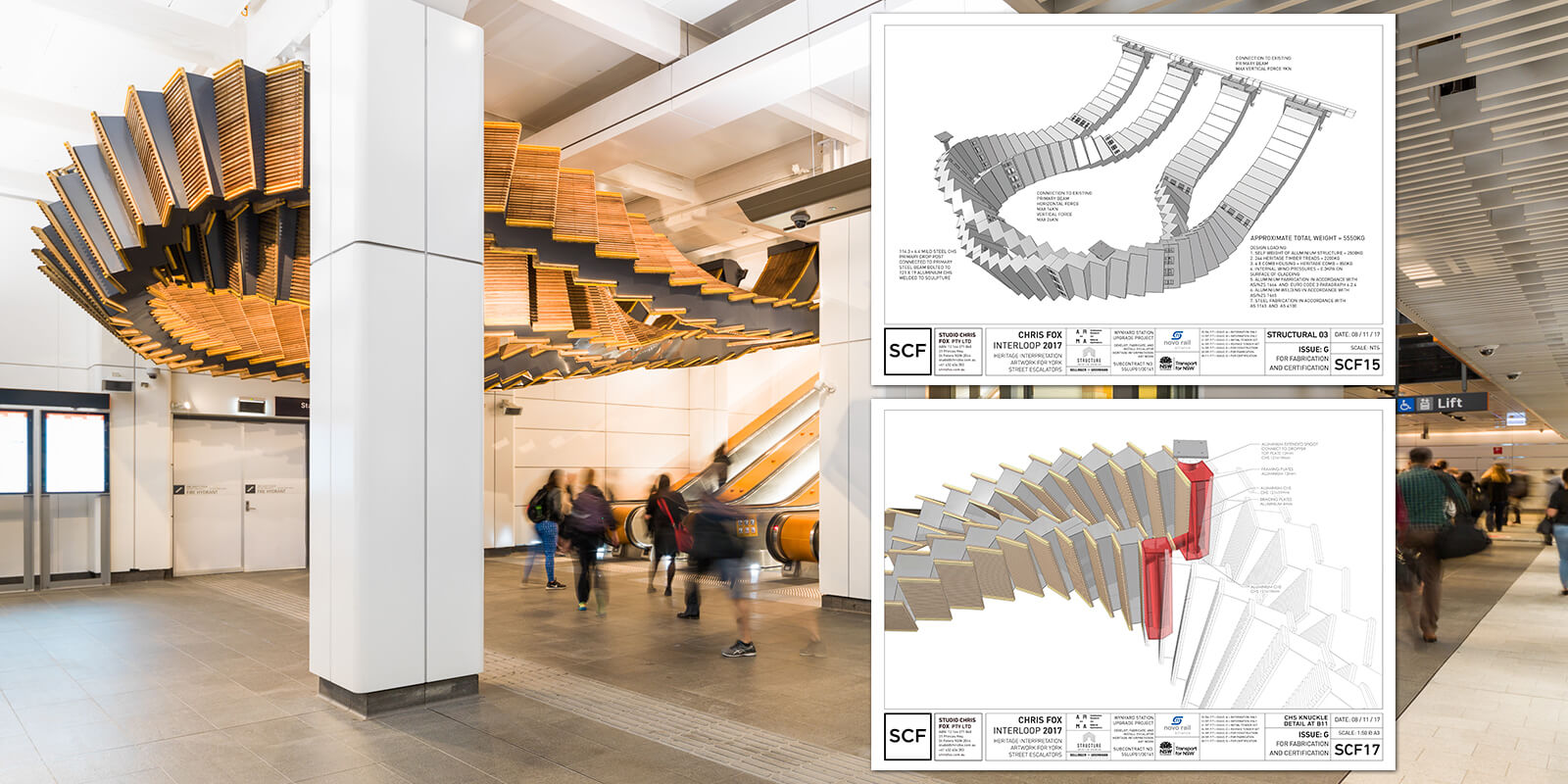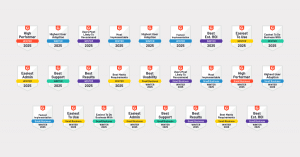For Rob McGowan and his structural engineering practice, STRUCTURE, investing time in technology is something he sees as the future of his business. From working with BIM to using Synergy project portals and document management to collaborate internally and externally, and manage project communications, it’s all part of the plan to grow the business.
STRUCTURE is a fairly young structural engineering practice, founded by Rob McGowan in 2016.
“I set the practice up after working for firms in Ireland and around Sydney for the past nine years,” Rob said.
“We do a lot of high-end residential work with one-off new houses for private customers and fairly complex alterations to existing buildings. We also have some work in the childcare sector, and a bit of retail work.”
Like many small engineering consultancies, STRUCTURE’s customers are approximately 80 percent architectural practices that need structural engineering consulting on a project.
It begins and ends with practice management
All small built environment design consulting businesses feature one thing in common — the principal has a lot to do.
What does Rob McGowan do in his business?
“Pretty much everything you can imagine,” he said.
“Just before you called, I was doing reconciliation of bank accounts. I do all the financial side of things — the invoicing, preparation of fee proposals, making sure that projects are profitable and are running to budget and time. That’s sort of all the admin side of things, then there’s the other side which is all the engineering work that needs to be done, compliance with standards, making sure that the documentation looks good as a product, and branding.
“As sole director of a company, I do have to wear a lot of different hats at the moment, but hopefully as things expand, I’ll have to do less and less of everything and be able to focus my time a bit more on what I want to focus on.”
And what is that?
“I’m keen to focus on developing relationships and nurturing existing ones, and bringing more work in,” Rob said.
“I want to do less of the admin side of things. I still love the engineering side of it, and that’s why I got into it.”
The need to be organised
“I always knew that we’d need engineering practice management software, I was just waiting on the volume of jobs to come in,” Rob said.
“Once the volume of projects increases, you need to organise those jobs — you need a database, you need to know what the fees are, you need to know how much time you’re spending on those jobs, you need to track profitability, you need to know who your clients are, how much work they’re bringing in, are they repeat clients, are they one-off clients, and all of this stuff you really can’t do on a spreadsheet.
“Synergy solves all those problems. It’s a one-stop shop that allows you to do all of those things and more. It lets me know I can run the business effectively.”
The opportunity for the future
Engineering practice management aside, Rob was interested in the full potential of Synergy as a project management system in communications, collaboration, and document management.
“There were other key things that drew me to Synergy beyond the immediate project accounting benefits,” he said.
“Like project templates, cloud storage and sharing documents. These things are really attractive to me in that we can just go to one central hub and all of our clients, projects, and profitability is there, and so are all the project documents.
“Being able to share our documents within Synergy — I really like that idea,” Rob said.
“All of those things really attracted us, and looking forward, that’s ultimately where I want to be, so it just seemed like the right fit for what we currently needed and where we want to go into the future.”
Cross-discipline collaboration
The opportunity for the leading architects and engineers — the ones who all work on similar systems, like BIM — is to centralise project communications and file sharing to a single project portal.
“What BIM really is for us is a central hub that architects, engineers, electrical engineers, hydraulic engineers, are all plugging into, so that deals with the documentation side of things,” Rob said.
“I also think from a practice management point of view, with a similar sort of hub like Synergy, we can all collaborate in project portals for specific jobs — that’s hugely valuable.
“At the moment, we’re exchanging emails and everyone’s spending hours every day trying to get their inbox under control. A central hub like Synergy where everyone has access is a more fluid way of working — it’s going to be similar to the BIM model we’ve got for documentation. That’s where I see the future of our business going, and it’s something that we’ll invest our time in.”
The need for the right technology
Rob said it’s critical, as an engineer, to be working with the same design technology as the leading architects.
“There are a number of architects I could name that work exclusively in BIM modelling and they won’t work with an engineer who doesn’t. If you’re not doing BIM modelling, then you’re not going to get any work from them.
“For structural engineers, it’s the same thing with the materials we use,” Rob said.
“There are a lot of modern building materials coming through that we feel we need to invest time in — for example, cross-laminated timber is becoming massive now — and a lot of engineers are maybe a bit scared of using it because it’s a new technology. We’re trying to embrace that because certain architects really want to use it, so we’ve been spending some time training in that material.
“Investing time in Synergy project portals and document management gives us the same opportunity to collaborate with our industry partners.”
Image and documentation credits:
Photos: Josh Raymond
Artist: Studio Chris Fox Pty
Project documentation: ARMA





